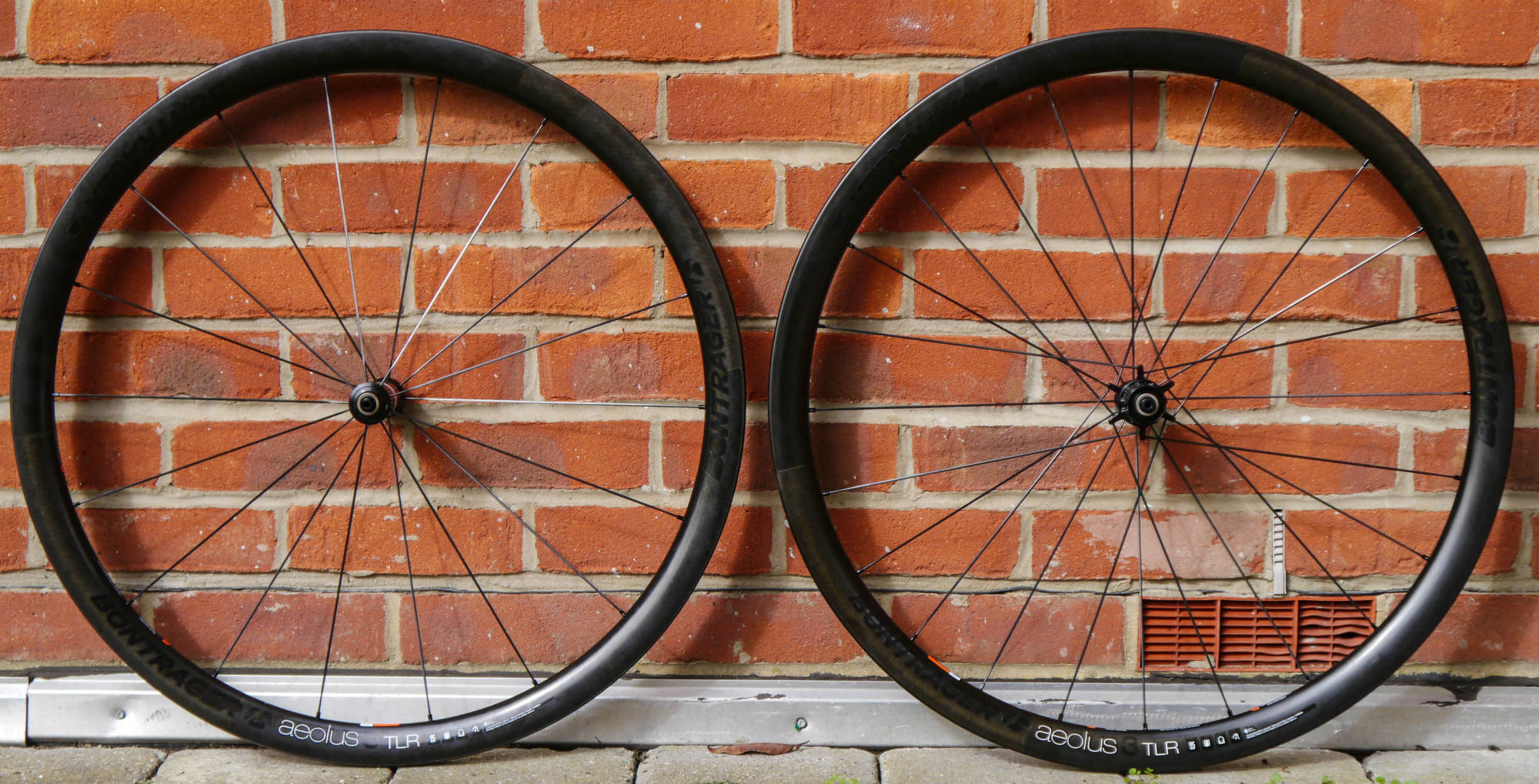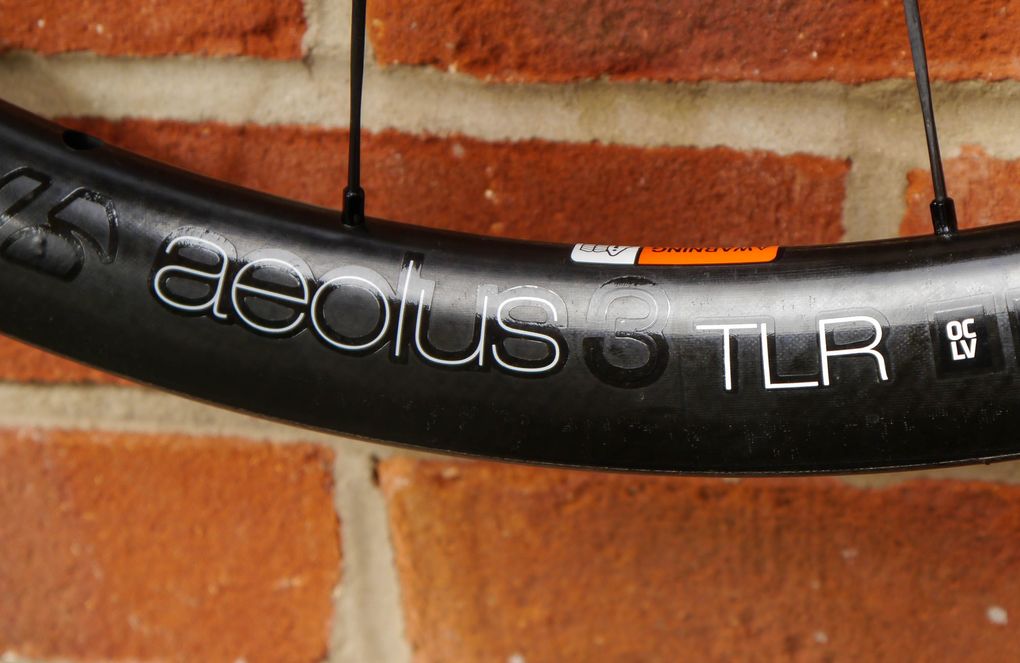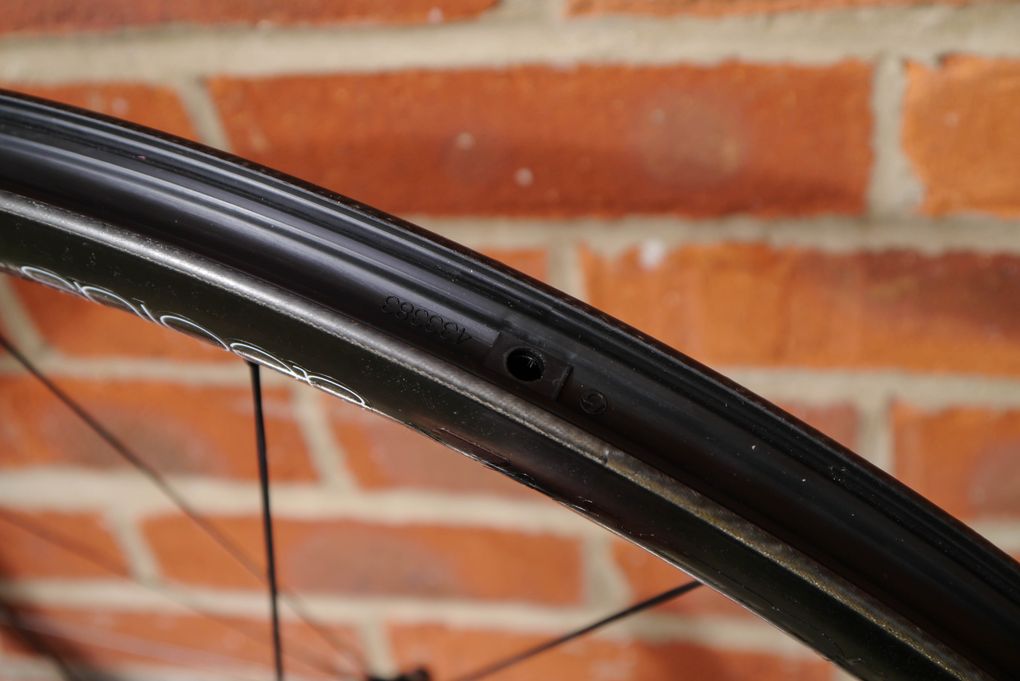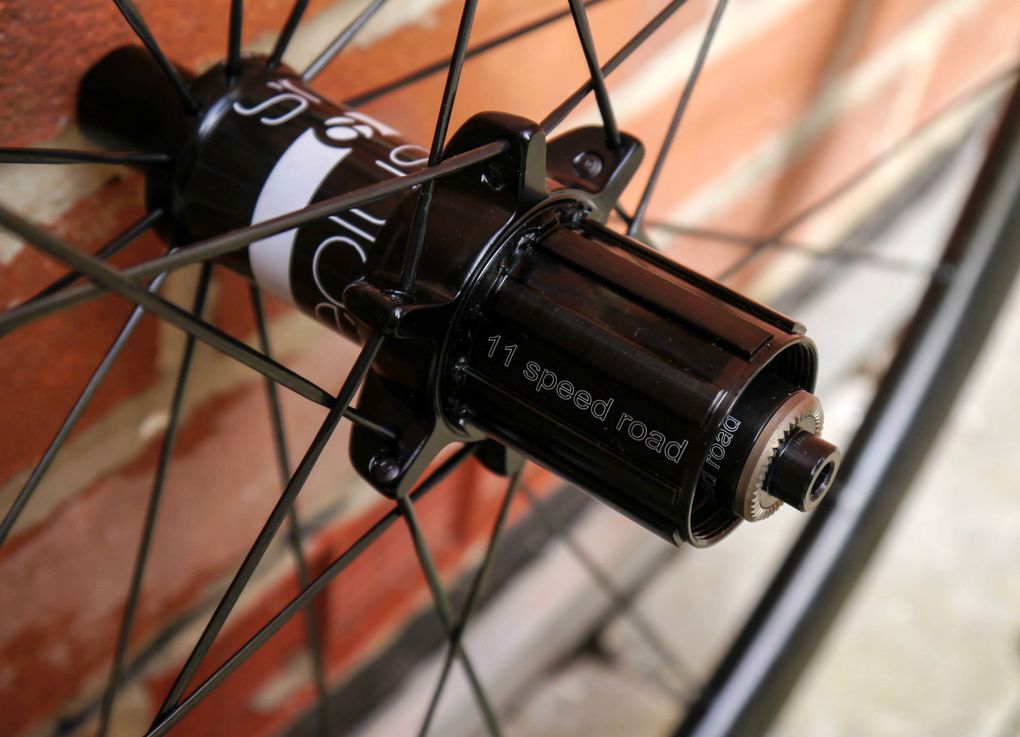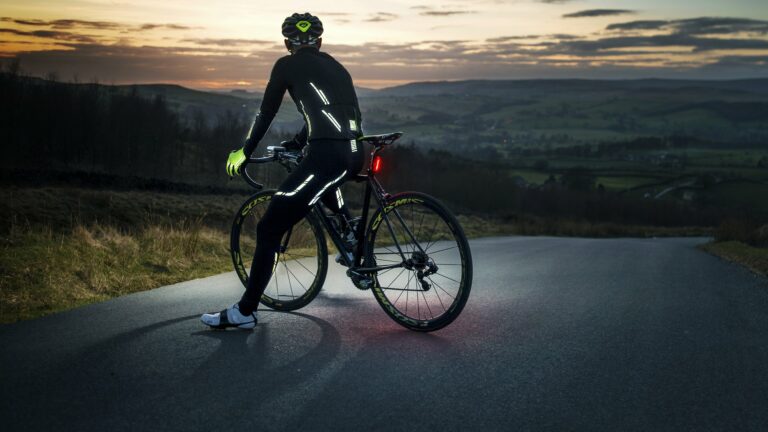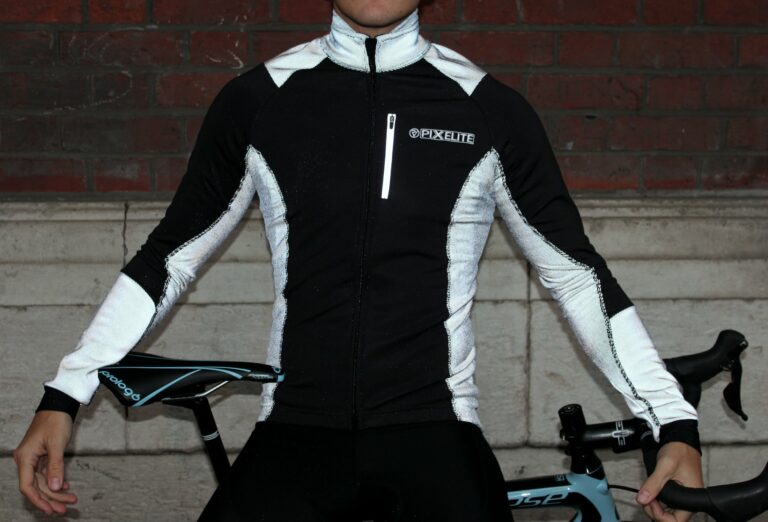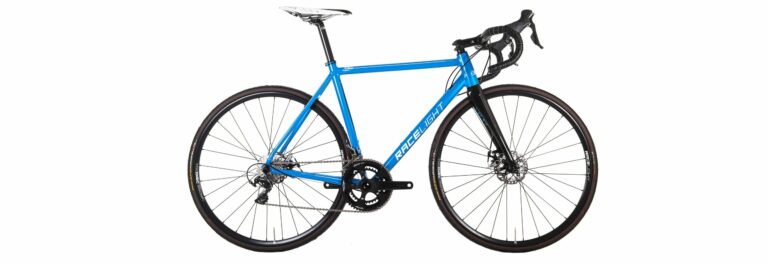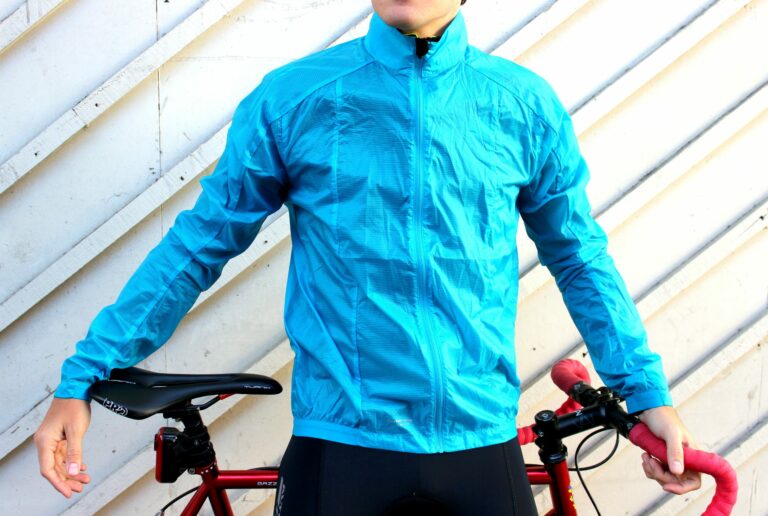Bontrager have redesigned all of their Aeolus carbon fibre race wheels this year, and the clincher versions in particular have dropped weight across the board as well as becoming tubeless compatible. So even if you don’t fancy venturing into the world of road tubeless, you’ll still find yourself with a lighter set of wheels than ever before, which can’t be bad.
The Aeolus range is made up of 12 wheelsets – four clincher, four tubular and four disc – in a range of depths, from the 35mm-deep Aeolus 3 wheels we have here to the 90mm-deep Aeolus 9s. At one of the scale you’re focusing on weight, with our Aeolus 3s weighing 1,356g (slightly over the 1,348g claimed weight), and at the other end you’re going big on aerodynamics, though naturally on wheels like this there’s some crossover. All of the wheels are made from Bontrager’s top-end OCLV carbon fibre and spin on DT Swiss hubs.
The 27mm-wide rims (19.5mm internal width) are right on trend with the current thinking from all the biggest wheel brands around. And those wide rims interacted wonderfully well with our set of 25mm IRC Formula Pro tubeless tyres (review coming soon, so keep your eyes peeled). The bonus of such wide rims is that they really let the tyres open up and create a very good contact patch indeed.
And on the subject of tubeless compatibility, mounting the tubeless tyres on the D3s was really easy. Now, mounting tubeless tyres depends on three factors: 1) the rim, 2) the tyre and 3) whether you’re any good at it.
If you fail on point three – even if one and two are good quality – chances are you’re going to have a frustrating time. Worse than that, it can be a frustrating and pretty messy time if you’re using sealant, which you probably should. Back in the early days of road tubeless I once covered a magazine art editor in tubeless sealant trying to inflate a tyre in the office. He was not amused. Happily though, I’m a little better at it now but even with that in mind I was surprised at just how easy these were to mount. I didn’t even need a compressor, just a track pump, and not a drop of sealant was spilled in the process. It also helps that the rim strips are pre-installed, so all you need to do to make the wheels tubeless-ready is bung in the supplied valve stems.

